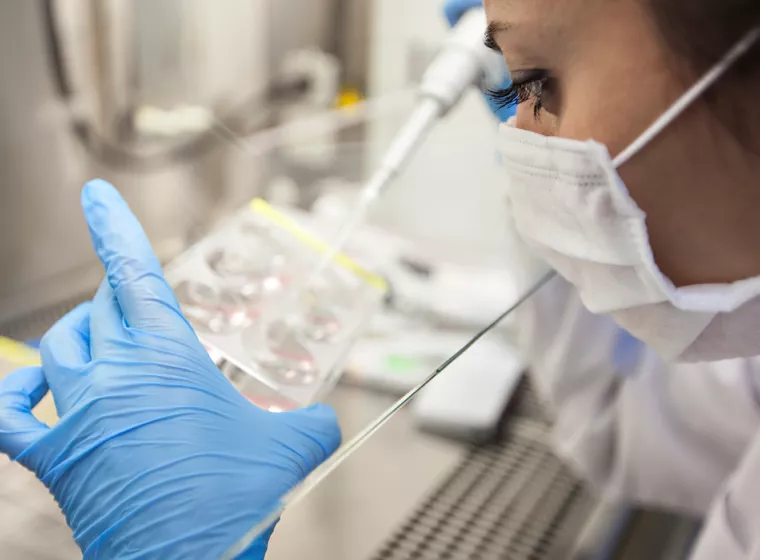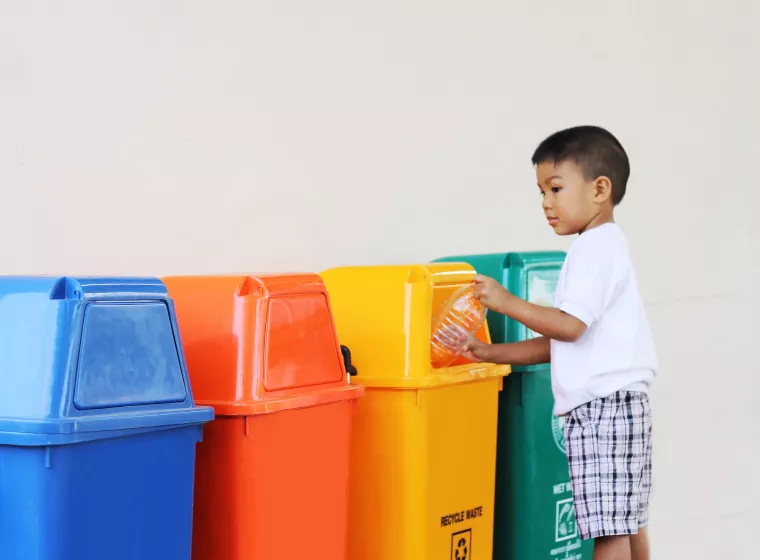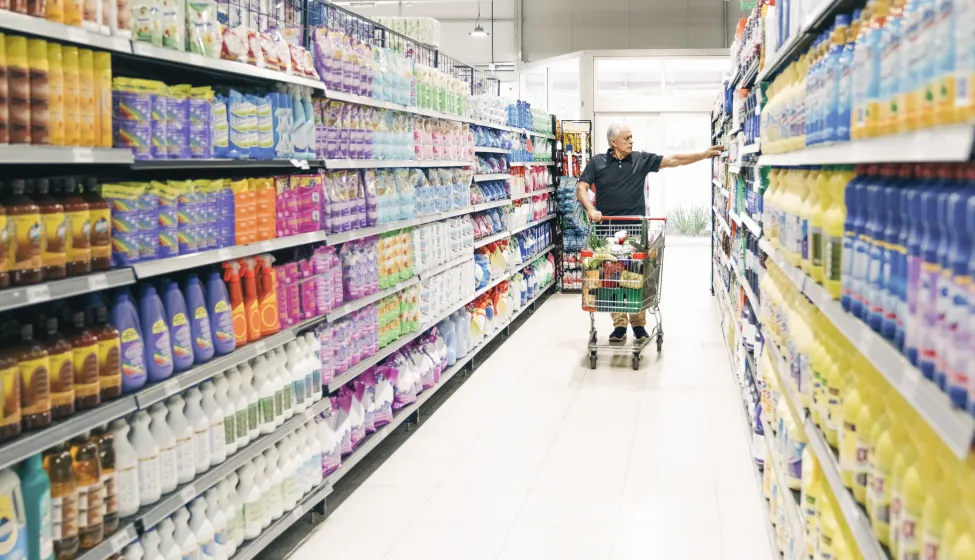October 21, 2025
Vetoed bill would have banned sale and distribution of PFAS-containing products including food packaging, cleaning products, and cookware, but AB 347 mandate persists
On Oct. 13, California Governor Gavin Newsom vetoed Senate Bill 682, which would have prohibited the sale and distribution of food packaging, cleaning products, and several other products containing intentionally added per- and polyfluoroalkyl substances (PFAS) starting in 2028 and then cookware in 2030. Senate Bill 682 also proposed an exemption to manufacturer registration requirements established under earlier PFAS legislation, California's AB 347, effective July 1, 2029; the veto of SB 682 cancels the proposed exemption.
While AB 347's enforcement mandate remains intact for the categories it already covers — juvenile products, textiles, and food packaging — the veto of SB 682 prevents automatic expansion of AB 347's enforcement to new products, including cookware, dental floss, ski wax, and cleaning supplies, for now. Starting on July 1, 2030, the California Department of Toxic Substances Control (DTSC) will enforce its existing authority to test covered products (directly or via third-party labs), issue violation notices, apply administrative penalties, and seek injunctions for noncompliance.
"I share the author's goal to protect human health and the environment by phasing out the use of PFAS in consumer products," Stated Newsom in his veto letter. "However, the broad range of products that would be impacted by this bill would result in a sizable and rapid shift in cooking products available to Californians."
According to the vetoed bill, PFAS "are a class of persistent and highly toxic chemicals with widespread contamination across the U.S., including California." The bill defines PFAS as "chemicals containing at least one fully fluorinated carbon atom." PFAS are widely used in some industrial processes and consumer products for their water-, stain-, and heat-resistant properties, making them effective components of packaging, plastic food ware, cleaning products, ski waxes, personal hygiene products, metal goods, paints and other coatings, and more.
Both AB 347 and SB 682 relate to "intentionally added PFAS," which the bill defines as:
"PFAS added to a product that has a functional or technical effect in the product, including the PFAS components of intentionally added chemical mixtures and PFAS that are intentional results or outcomes of an added chemical or process, such as PFAS created as a result of fluorination of plastic."
To prepare for compliance with the now-unaffected California law AB 347, manufacturers of juvenile products, textile articles, and food packaging can review formulations, ingredients, and supply chains and be ready to certify compliance, required on or before July 1, 2029.
This type of evaluation often presents challenges such as validation and acceptance of supply chain disclosure statements, critiquing and interpreting analytical results, and discernment between "intentionally added" versus "unintentionally present" PFAS. There are also communication and disclosure challenges that manufacturers must consider. Moreover, the ban could have ripple effects across national supply chains and create challenges with regard to product performance.
Not all PFAS chemistries are the same, and at the federal level, the U.S. Environmental Protection Agency has noted critical data gaps in the current understanding of PFAS toxicity across a wide range of chemistries. The very broad definition of PFAS used in this bill is inconsistent with other definitions of PFAS used by different state, federal, or international agencies. Interpretation of disclosure information from supply chains will require careful attention to specific definitions and language. Any public statements related to potential presence of or risks related to PFAS should be carefully reviewed for accuracy to avoid overgeneralized and inaccurate statements.
There are no industry standardized testing methodologies for PFAS in manufactured goods. Careful scrutiny of any analytical testing will be necessary to interpret testing results correctly. Particular care will be necessary if total organic fluorine testing is used as a surrogate for PFAS analysis. While many commercial laboratories have independently validated methodologies for measuring total organic fluorine for some consumer products, these methodologies vary among the laboratories and the type of consumer products evaluated, which can lead to significant variation in test results depending on the methodology used in a particular analysis. Manufacturers are likely to encounter numerous challenges in testing raw materials and finished products.
What Can We Help You Solve?
Exponent's consultants monitor legislation around the world, helping clients prepare for new restrictions and disclosure requirements. Our experts have years of experience investigating supply chains for PFAS sources, testing products for PFAS, performing alternatives analysis, and supporting our clients' labeling, marketing, and communications teams regarding compliance with PFAS regulations.

PFAS Consulting Services
Manage PFAS in your products, supply chains, and waste streams.

Product Stewardship
Overcome business and regulatory challenges at every stage, from research and design to disposal and recycling.

Environmental & Regulatory Compliance
Rigorous analyses to help clients overcome complex environmental and regulatory hurdles and meet auditing obligations.

Plastics in the Environment
Develop proactive plans to mitigate the environmental impact of polymer and plastic waste.

Emerging Contaminants
Exponent helps clients with chemical regulatory compliance, supply chain assessments, and mitigation and substitution strategies for CECs.



